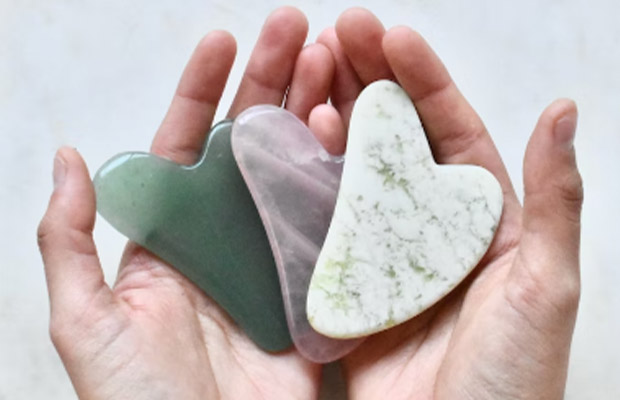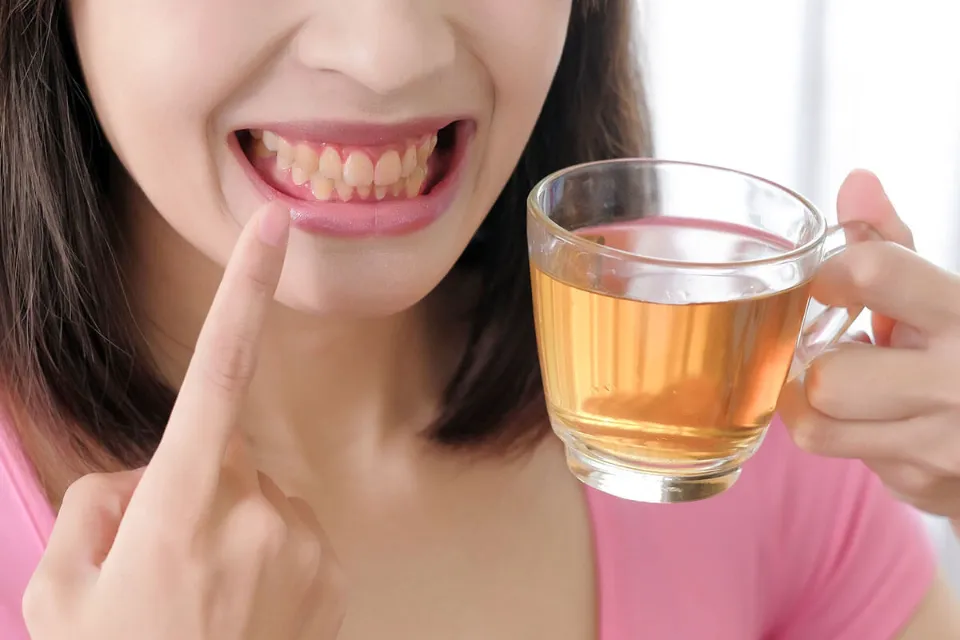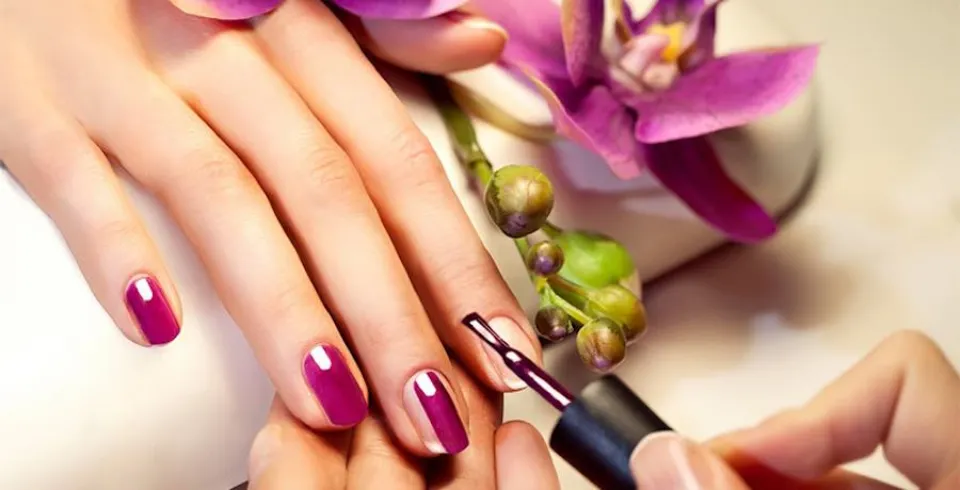Gua sha is a form of traditional Chinese medicine where the skin is scraped with a smooth stone. Does gua sha actually work? More research is required, but it might reduce swollen areas, boost blood flow, and reduce wrinkles.
Gua sha is a painful procedure that leaves red marks all over your body, according to what I knew about it. Influencers now claim that it is the key to glowing skin and the absence of a double chin. Read our article to learn more about gua sha.
What Is Gua Sha?
Traditional Chinese medicine (TCM) is the foundation of gua sha. TCM holds that for you to feel your best, your qi, also known as energy, needs to flow throughout your body. It is thought that health issues can develop when qi becomes stagnant in specific locations. A practitioner of gua sha (often an acupuncturist) will use a smooth-edged tool to gently scrape areas of your body where there is inflammation or stagnant qi in order to improve circulation and encourage healing.
“Most acupuncturists will use gua sha, which is a very common type of treatment modality. Its meaning is roughly translated as “scraping, rubbing, or pushing.”’ Sobo clarifies that gua sha is essentially just a form of massage assisted by tools.
Does Gua Sha Actually Work?
Nowadays, gua sha is frequently used to smooth out wrinkles and shape the face. However, there is not much scientific evidence to support these claims, and almost all of them are based on anecdotes.
According to research so far, gua sha may:
- Improve blood flow to the treated area: Gua sha may enhance microcirculation, also known as blood circulation in small blood vessels, for approximately 25 minutes after treatment, according to a small 2007 study.
- Reduce puffiness: According to Marie Hayag, MD, FAAD, a dermatologist at Fifth Avenue Aesthetics, applying gentle strokes or movements to the face can help keep lymph fluid moving, which may lessen puffiness and inflammation.
- Minimize wrinkles: A 2020 case study discovered that gua sha may reduce wrinkles and fine lines, but more research is required to fully understand this benefit.
Garshick says that while gua sha may improve the appearance of the skin, the effects are frequently transient. After a session of gua sha, for instance, your cheekbones might appear more defined, but the following morning they will typically swell up once more. This is because when you lie down to sleep, water can collect on your face and cause a mild swelling as a result of gravity.
In addition to skincare, gua sha may also be useful for treating conditions like migraines, chronic neck pain, Tourette’s syndrome, and perimenopause, according to a number of small studies.
Gua Sha: Does It Hurt?
You may cringe when you read that gua sha entails “scraping.” However, a practitioner won’t be scraping your body like a car windshield in the dead of winter. Gua sha is generally gentle, but the intensity can increase depending on the kinds of knots your acupuncturist encounters.
Sobo helps us understand its operation better.
“Tools for gua sha have rounded, smooth edges. They won’t cut, stab, or pinch you. In order to get you comfortable, your acupuncturist will first massage the treatment area with cream or lotion before beginning. Acupuncturists won’t jump to their most extreme positions on a subject right away. They’ll locate the tight tissue, work on it gently, and then gradually increase the intensity to encourage circulation and aid in unwinding the knotted up areas.”
How Do You Practice Gua Sha At Home?
While it is best to leave gua sha to professionals for conditions like fever or muscle pain, facial gua sha is incredibly accessible as a beauty routine.
We advise the following actions for a straightforward daily routine if you are prepared and have a gua sha tool:
- Beginning in the middle of your forehead, move outward toward your temples until you reach your hairline. Repeat three times on each side.
- The eyelids should be closed as you gently press and hold the tool under and over each eye. Use a gentle motion to sweep the gua sha tool across the under-eye region, out to the temple, and all the way to the hairline. Each side should be repeated three times.
- When working on your cheeks, start at the line where your smile meets and lift the tool upward at a 45-degree angle. Eight sweeps in each direction should be performed.
- Gently move the tool from the center of your chin along your jawline and toward the ear. To channel extra fluid into the lymph glands, move the instrument behind the earlobe and then down the neck. Three times on each side, repeat.
Benefits Of Gua Sha
Several health conditions have reportedly been helped by gua sha. Gua sha is beneficial for musculoskeletal issues, particularly serious ones like tightness in the shoulders, legs, and back, according to Sobo. Additionally, it can lessen body swelling, migraines, neck pain, and tension headaches. Sobo adds that when combined with acupuncture, gua sha can even alleviate symptoms of anxiety, exhaustion, insomnia, and perimenopause.
Gua Sha For The Face
You’ve probably wondered what was going on when you saw people applying gua sha stones to their faces on social media. Gua sha has been shown to relieve facial tension, lessen swollenness and inflammation, and even ease sinus pressure. You’ll want to avoid exerting excessive pressure while working on this area because the muscles in the face are much thinner.
“The face’s muscles are typically very thin and don’t protrude upward as other muscles do. When performing gua sha on your face, you shouldn’t drag your tool from the edges of your face. Place your nose as the midpoint when you divide your face in half. You would begin at your nose and move your gua sha tool outward if you were treating the area under your eyes. Keep your tool moving straight and smoothly. Avoid vigorously using your gua sha tool to rub the skin in all directions, including back and forth, up and down, and at various angles. Keep moving in one smooth motion, just enough to cause some redness to appear but not enough to cause pain.”
Before performing gua sha on your face, you can even apply lotion or serum to speed up the process. This will make it much easier for your tool to glide over the skin. Sobo advises avoiding areas that are excessively swollen. You don’t want to press too firmly into those because doing so could rupture the capillary beds and leave you with facial bruises.
Gua Sha For The Body
Gua sha, according to Sobo, is tissue-dependent for the body, so you should work in a way that advances your doctor’s objectives.
“The first thing you want to do with your gua sha tool when you have a muscle knot is to go across it. For the purpose of removing all adhesions, you should work perpendicular to the muscle fibers. In order to lengthen the muscle fibers and reorient them in the right direction, you should then move in that direction. You want to use your tool to break up the painful knots in your upper shoulders by moving back and forth across them. When things start to loosen up, you’ll start moving your gua sha tool in the direction of the muscle fibers, which are typically inward to outward. The tissue will only become tighter if you begin gua sha in this direction, so avoid doing so.”
Who Ought To Stay Away From Gua Sha?
The majority of people ought to be able to tolerate gua sha without any issues, but you should let your practitioner know before your session begins if you have diabetes or circulatory issues. In order to avoid any potential problems, they will be able to adjust the pressure in this way.
If you have peripheral neuropathy, you might think gua sha would be too much for you, but Sobo claims that it isn’t the case. He continues by saying that gua sha, when used in conjunction with acupuncture, can aid in promoting blood flow for people who have peripheral neuropathy. However, your practitioner should either refrain from performing gua sha on you if you are taking blood thinners or perform it very gently to prevent damaging too many blood vessels.
Tools Used For Gua Sha
Traditionally, gua sha was performed using blunt coins and ceramic spoons. Gua sha tools are now more commonly known as flat pieces of stone that come in a variety of shapes, sizes, and materials, each of which offers a few minor advantages over the others.
Some people think that particular stone types suit particular people better. Jade, for instance, is said to have cooling properties that are good for balancing the skin, whereas rose quartz is better suited for spiritual healing and skin that is prone to acne.
However, these minerals might actually be more for the gram.
According to Teng, when it comes to gua sha, the type of stone is not particularly important.
As long as the technique and direction are correct, you can use anything, the speaker remarked. For facial gua sha, for instance, scrape outwards from the center of the face and scrape in one direction rather than back and forth.




